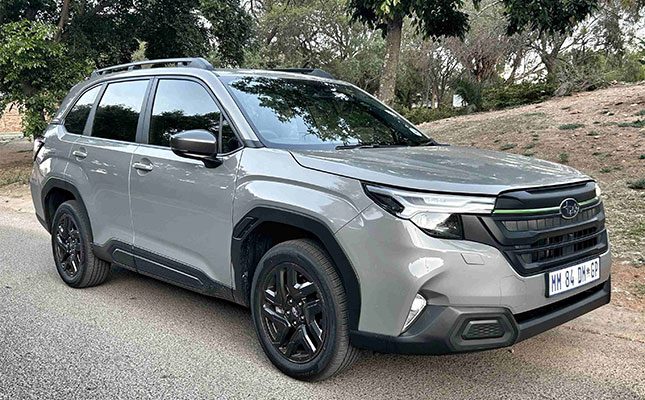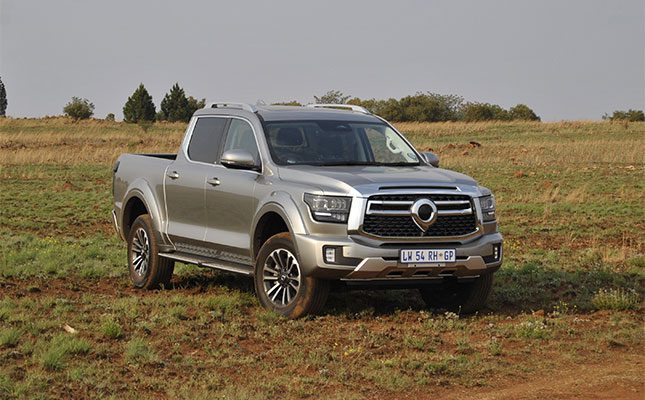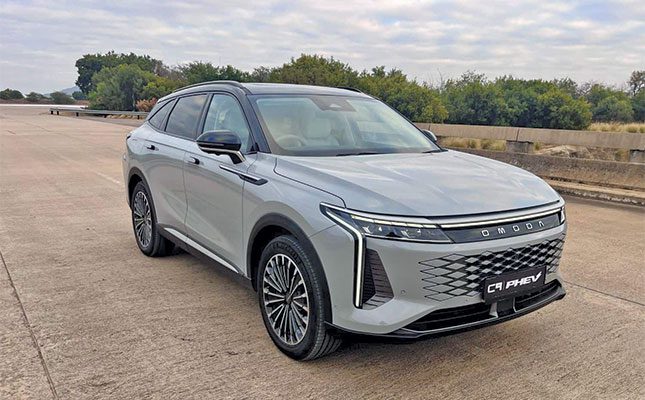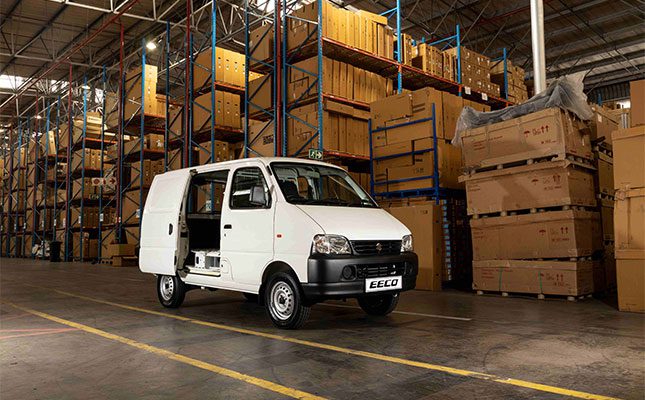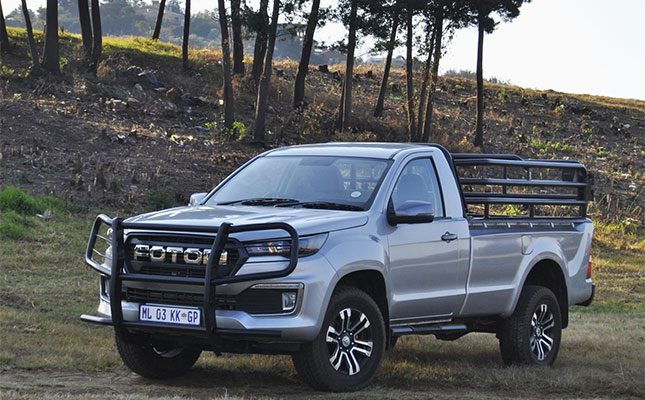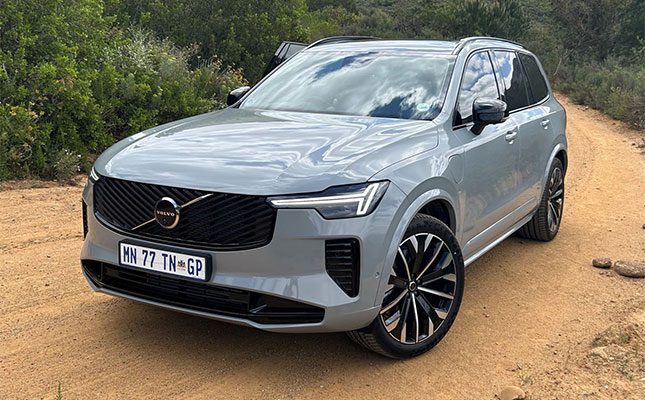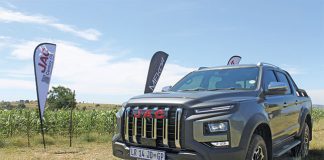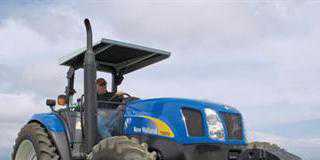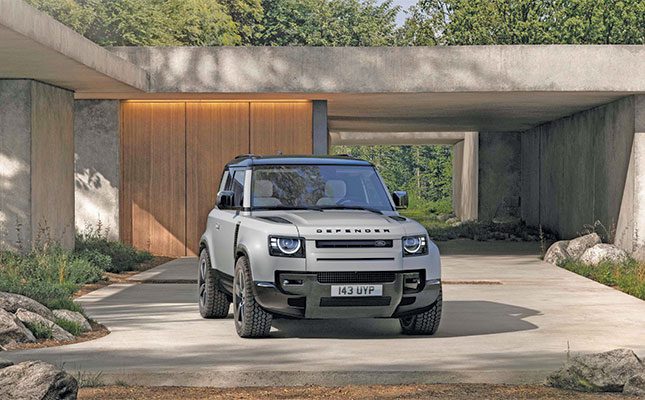
Photo: Supplied
Introducing a successor to the popular Land Rover Defender (L315/L316) that was in production from 1983 to 2016 was always going to be a tough ask.
Despite a further challenge in the L663’s global launch being hampered by the worldwide Covid-19 pandemic in 2020, Jaguar Land Rover (JLR) nonetheless pulled it off in style.
The latest version of the Defender is simply a class act. It incorporates the nameplate’s iconic alpine windows, clamshell bonnet and upright windscreen into a fresh and modern design. It is more dynamic than ever off the beaten track and under the bonnet, while offering loads of technology in a plush, yet rugged cabin.
The Defender made its debut five years ago in the 110 guise, a name its predecessor adopted in reference to the length of its wheelbase in inches. Although the 110 and the subsequent 90’s wheelbases measure a bit longer these days at 3 022mm and 2 587mm respectively, JLR stuck to the familiar nomenclature.
The 130 utilises the same wheelbase as the 110, but is 340mm longer to allow for a third row of seats inside the cabin.
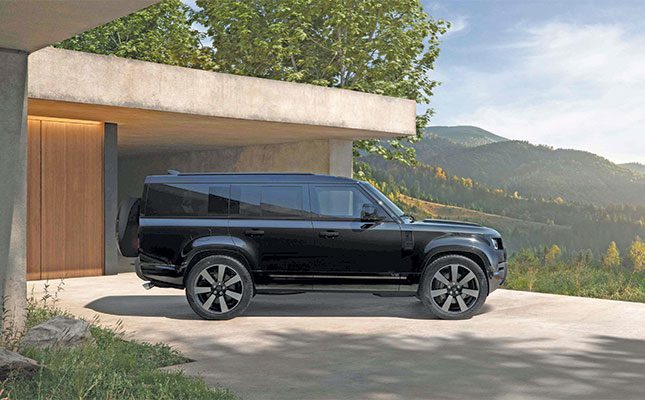
New touches
JLR recently introduced some enhancements across the range, which includes 22” diamond turned dark grey alloy wheels, a tinted finish for the restyled tail light clusters, a dark oval badge on the grille, new headlights, and a gloss black finish for the grille bars.
Front and rear bumpers are now also offered in a choice of Silicon Silver or Carpathian Grey. Other changed include gloss black wheel caps and textured bonnet and side vents. Borasco Grey and Woolstone Green hues have been added to the colour palette.
Inside, the centre console has been revamped and materials have been upgraded alongside the addition of a new 13,1” Pivi Pro infotainment system.
90: The most agile
With its shorter wheelbase and 4 583mm length being 500mm shorter than that of the 110, the 90 is the most agile of the lot. It’s turning circle is only 11,3m compared to the 12,84m of the 110.
The most surprising numbers are the amount of space on offer in the 90, unlike your typical two-door ride. In the first row, legroom is an unchanged 993mm going from the 110 to the 90, and so is shoulder room at 1 545mm. Headroom is a mere two millimetres down from 1 032mm in the front.
Measuring at 929mm, legroom in the 90’s second row is marginally less than the 110’s 992mm, while headroom is slightly down from 1 025mm to 980mm. Shoulder room also drops a tad from 1 503mm to 1 433mm. Considering the generous space on offer in the Defender 110, these margins are so tiny they are hardly noticed in the 90.
Boot space of 397ℓ also comes in very handy.
From practical to performance
It’s only limitation is the lack of practicality in loading and unloading rear passengers through the front on a regular basis.
The 90 is offered in a choice of two diesel derivatives and one performance petrol model. A 3,0ℓ straight-six turbocharged diesel mill produces 187kW/570Nm in D250 guise and 257kW/700Nm in D350 configuration. The V8’s 5,0ℓ supercharged petrol engine produces 386kW/625Nm.
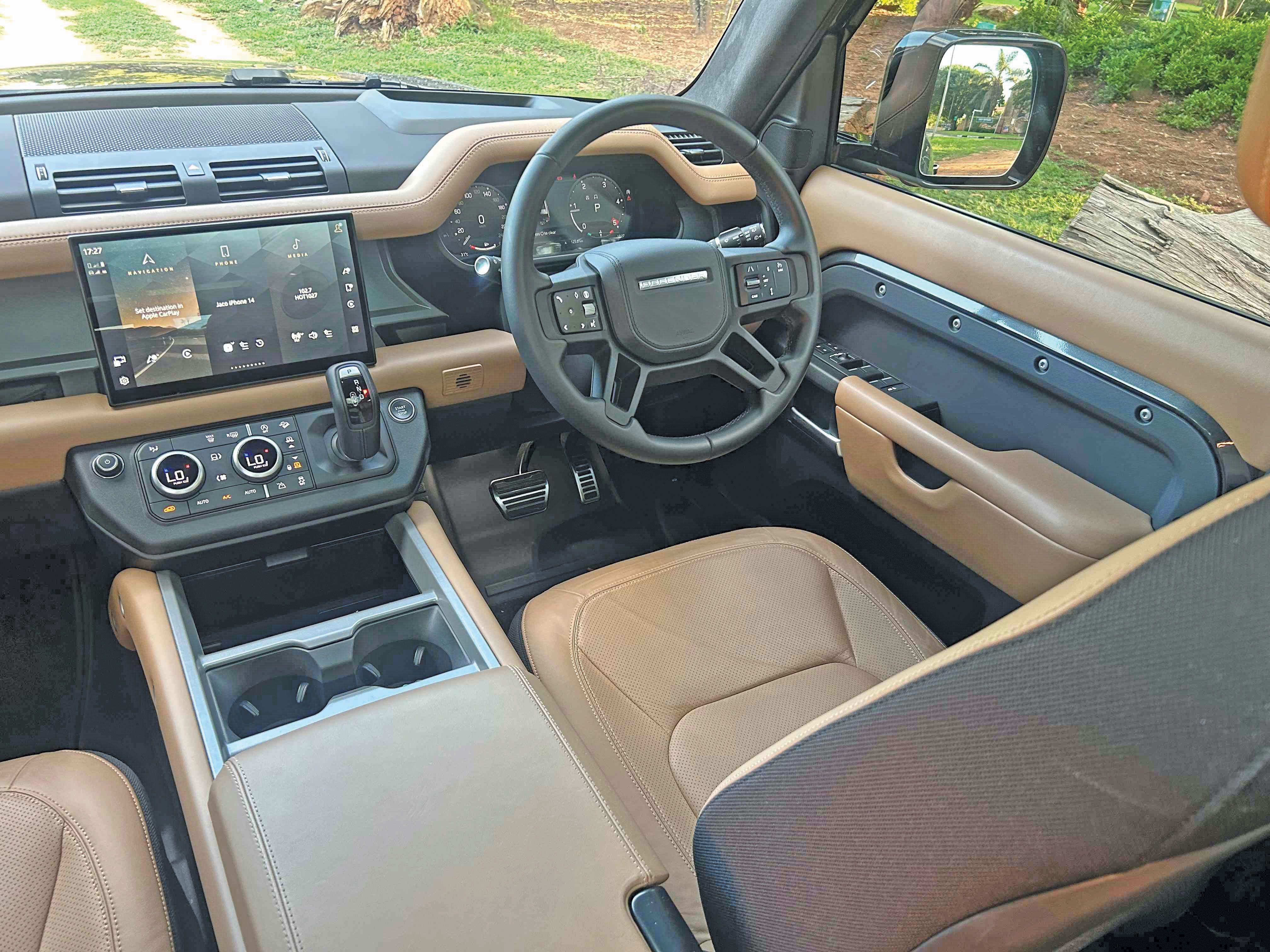
110 Brings bigger choice
The 110 is the only local Defender model to offer a plug-in hybrid powertrain (PHEV). The P400e is powered by a 2,0ℓ turbocharged four-cylinder petrol engine paired with a battery pack and electric motor. It produces a system total of 297kW of power and 640Nm.
This configuration offers the best of both worlds in terms of performance and fuel economy. It clocked a 0 to 100km time of 6,21s during our road test, not bad for a two and half ton monster.
JLR claims it will only sip 2,8ℓ per 100km if you keep the battery charged. It also offers an electric range of over 50km.
Internal combustion engines
The 110’s other powertrains include the 257kW/700Nm 3,0ℓ straight-six turbodiesel mill in the D350 and the OCTA’s beastly 4,4ℓ V8 twin-turbo mild hybrid powerplant that develops 467kW and 750Nm.
JLR claims that the latter will reach 100km/h from a standstill in a mere 4,0s on its way to a limited top speed of 250km/h.
In the five-seat configuration, the boot offers 857ℓ of space.
The optional seven-seater layout offers 160ℓ behind the third row and 743ℓ with the third row folded flat.
Defender pricing
90
D250 X-Dynamic SE R1 808 100
D350 X-Dynamic HSE R1 965 000
D350 X R2 197 400
V8 R2 984 201
110
D250 X-Dynamic SE R1 839 200
D350 X-Dynamic HSE R1 997 900
P400 X-Dynamic HSE R2 074 500
D350 Trophy Edition R2 227 800
D350 X R2 275 000
P425 X-Dynamic SE R2 047 100
P425 X R2 357 400
P400e X-Dynamic HSE R2 328 400
P400e X R2 403 100
OCTA R3 663 600
OCTA Black R3 979 500
130
D350 S R2 008 300
D350 Outbound R2 122 000
D350 X-Dynamic HSE R2 143 500
D350 X R2 410 800
V8 R3 241 200
130: Go big or go home
Featuring a similar 3 022mm wheelbase to the 110 and a front overhang of 845mm, the 130 gains it’s length in a rear overhang that is 600mm longer than its shorter sibling. To put its 5 358mm length into perspective, the 130 is 58mm longer than the long-wheelbase Toyota Quantum minibus.
Its proportions do look a bit fat compared to the 110, but the space inside is what does the trick for the 130.
The third row of seats can seat eight, giving it the edge over traditional seven-seaters, albeit the legroom in the last row won’t exactly thrill adults on a road trip.
What does make a huge difference, is the option of replacing the second row bench with two captain’s chairs.
Having the third row up still leaves 389ℓ for luggage behind them, which goes up to an enormous 1 232ℓ once flat.
The 130 is offered in a choice of two powertrains. The D350 is powered by the 257kW/700Nm 3,0ℓ straight-six turbo diesel mill and the P425 features the 5,0ℓ V8 supercharged petrol engine that produces 368kW/610Nm.
This gets the 2 706kg monster from 0 to 100km/h in just 5,7s, all on its way to a limited top speed of 240km/h.
For more information visit landrover.co.za.

